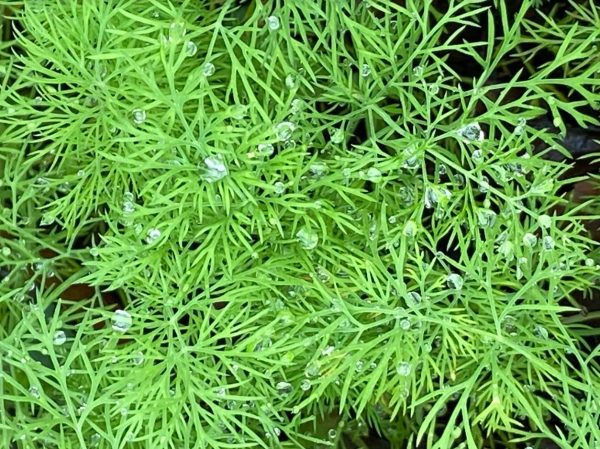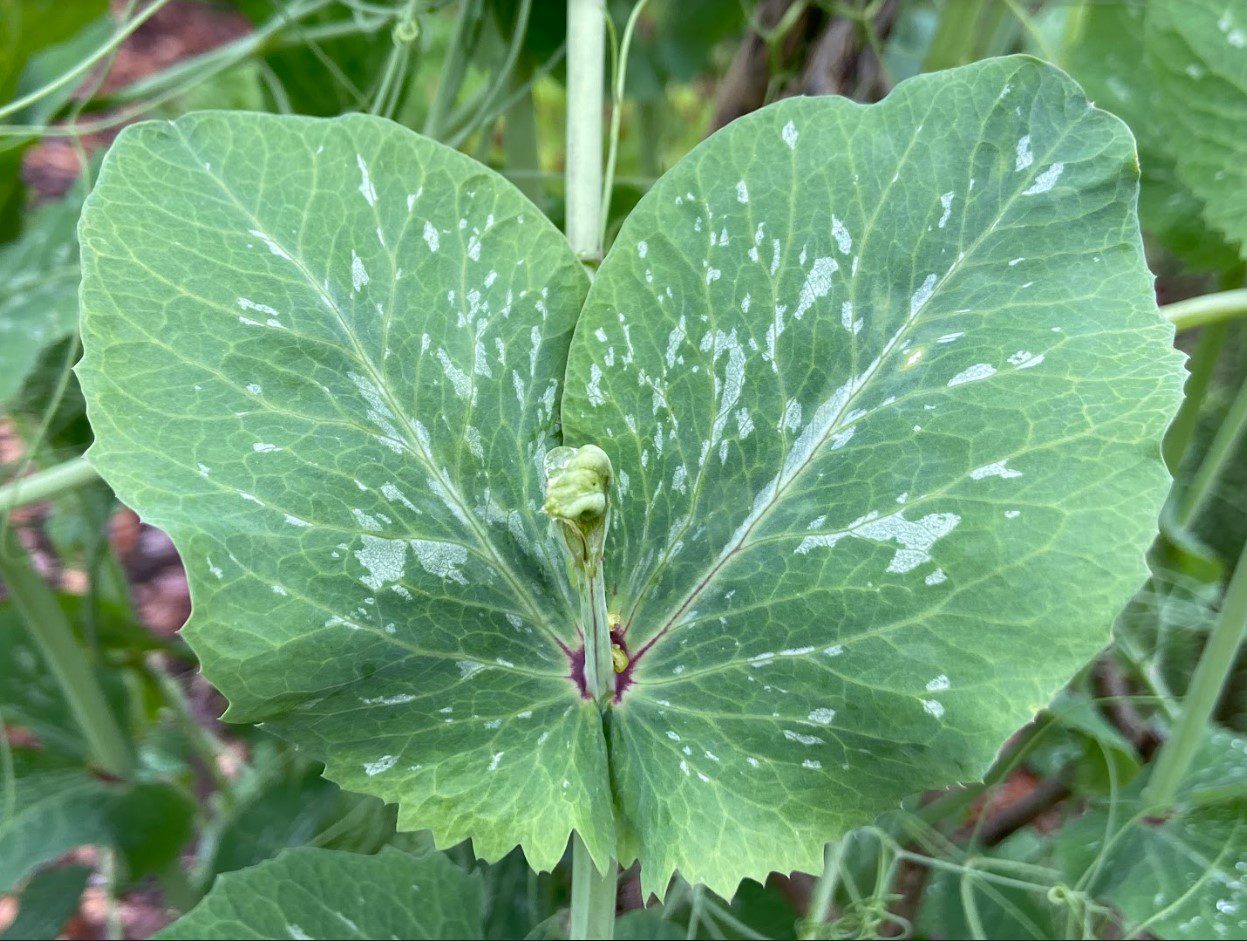A Vegetable Garden Diary

In the vegetable garden, every season presents its own set of challenges. In May 2022, I made this pithy entry in my garden journal – too hot, too cold, too dry.
After a spell of record-breaking warmth in late December last year, we got snow and ice on three consecutive weekends in January. My celery and parsley got hammered. The chard was showing signs of life, so I cut it back hard and hoped for the best. In early February, I went ahead and sowed my green peas, sugar snap peas, radishes, arugula, lettuce, cilantro and dill. Gardeners are either delusional, or eternally hopeful. Surely the next crop will be better!
Alas. The herbs bolted early. So did the ‘No Bolt’ arugula. The radishes were mealy. Rabbits nibbled the green peas to death. I harvested just over a cup. The sugar snaps survived only because their vines were protected by willow cages, but the pods were puny and tough. Just when I thought the rabbits had moved on to other yards, they returned and decimated the green beans as well. Despite multiple sowings and repeated applications of pricey deterrents, I got nary a bean.

In the interest of anger management, I’m giving up on peas and beans until my husband builds me a rabbit-proof fence. Since those are his favorite homegrown vegetables, I’m hoping he’s motivated to make it happen in the coming weeks. Plus, I’ve already done the research for him. To keep out Eastern cottontails, the fence needs to be at least two feet tall with openings no larger than chicken wire. At least I don’t have jackrabbits – they require a three-foot fence.
But because my vegetable garden is in the front yard, this fence also needs to be somewhat attractive. With that in mind, I searched online and fell in love with some gorgeous copper panels. I pictured them trimmed out with Western cedar, with a little gate. It would be super cute, like something you might see on HGTV. I realized those were some high-end materials, but my garden is only about 100 square feet. How expensive could it be? When I called the distributor for a quote, I learned the copper mesh alone would cost upwards of $5000! Ha! Reality check! I’m still holding out hope for the cedar, but I’ve come to terms with using an inexpensive wire mesh coated in black vinyl from my local big box store.
Who knows what goes through the mind of a squirrel? For some bizarre reason they showed little interest in the tomatoes this summer. I even got a few full-size Cherokee purples. Despite the hot, dry weather, I still had heaps of Swiss chard and Thai basil and masses of poblano peppers.
My fall garden has done quite well, especially once we started getting regular rains in November. I’m covered up with cilantro, parsley and dill. In previous years, I’d never had any luck sowing lettuce or arugula in fall. It occurred to me that maybe right after Labor Day was a bit too early. I checked in with a master gardener, a volunteer through the county extension office, and she advised me to hold off on salad greens until early October. What a difference! Multiple packs all came up and are still thriving, even the sorrel which I’d never planted before.

A master gardener also helped me with a question about my radishes – why some of them were dark brown and leathery. She said there was a chance a Spanish variety that fits that description got into the ‘Easter Egg’ mix by mistake, but it was probably just the result of being left in the ground too long.
I’m grateful to the master gardeners for their assistance, and I’m glad I took the time to reach out to a knowledgeable and trusted source of information instead of relying on a quick internet search. We have a wonderful network of volunteers across the state through the county extension (www.emgv.ces.ncsu.edu). As I think ahead to the bounty of spring and summer, I’m already planning to contact them again. I hope they can help me figure out why in the world I’ve never had any success with zucchini.